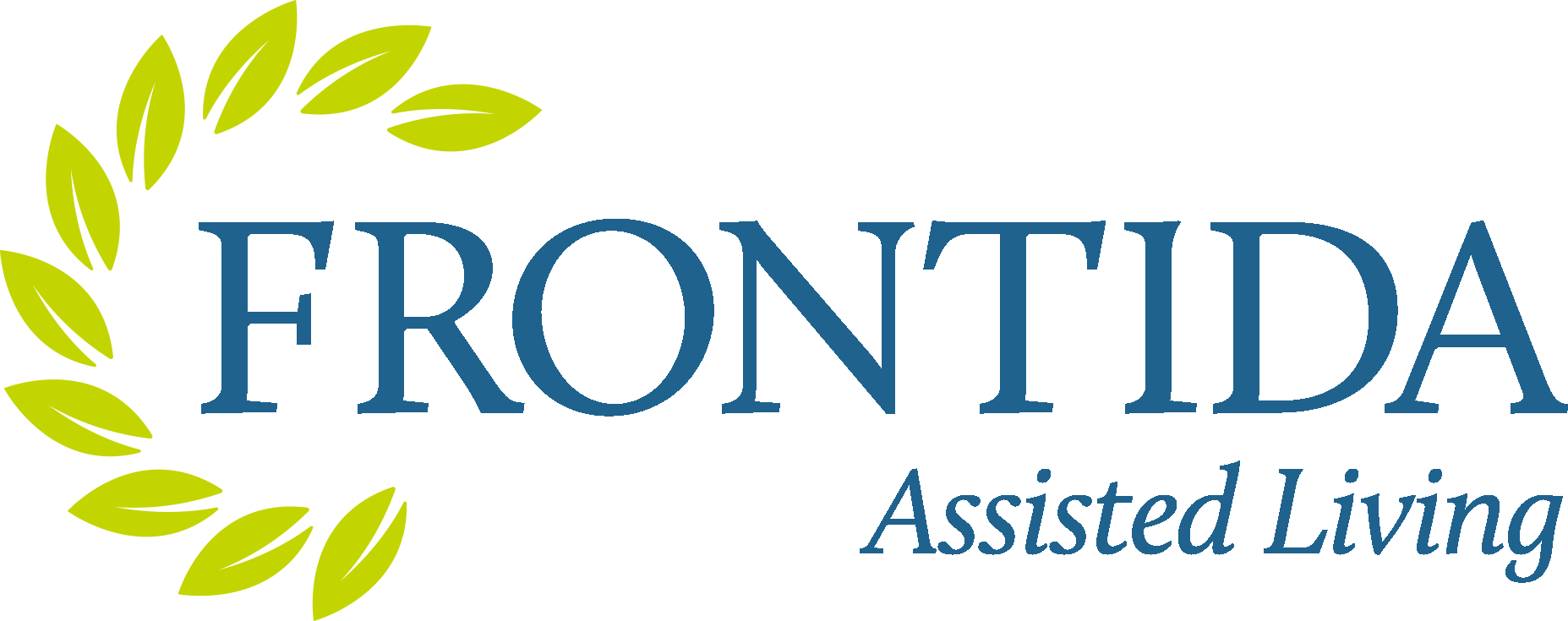When you’re searching for senior living options for a loved one, you may wonder if moving to a community is even affordable. Will your loved one outlive their funds? Are senior living communities only for the wealthy?
It’s important to do your research when considering senior living. While some senior living communities can be expensive, there are affordable options that are often comparable to the cost of remaining in your home and aging in place.
As you view community websites, or better yet, visit the location in person, ask about the costs, projected annual increases, and what additional fees your loved one may expect. Once you know a monthly budget, consider how to finance a move to senior living.
We’ve had the privilege of serving families like yours at Frontida Assisted Living since 2009 and are happy to offer guidance and support as you make this significant life decision. We share our five best tips in this blog for paying for a move to a senior living community.
5 Ways to Pay for a Move to Senior Living
Here are five common funding sources that families in our communities often use to pay for the cost of senior living for a loved one:
- Sell, Rent, or Consider a Reverse Mortgage
- Tap into Your Savings
- Use Your Income from Social Security or a Pension
- See if You Qualify for the Veterans Aid & Attendance Benefit
- Convert a Life Insurance Policy or Use Long-Term Care Insurance
Your Home
If your loved one owns their home, you can weigh the pros and cons of selling, renting, or applying for a reverse mortgage. While selling or renting is pretty self-explanatory, you may be unfamiliar with a reverse mortgage.
A reverse mortgage is a type of home equity loan for homeowners age 62 or older. This mortgage allows you to use the equity in your home to supplement income for retirement.
With a reverse mortgage, it’s important to note that the homeowner is still responsible for maintenance, property taxes, and insurance. You also must meet FHA property standards and flood requirements to qualify.
In the application process, lenders will run a credit check and evaluate your loved one’s income, assets, and monthly living expenses. Once approved, the lender makes payments to your loved one based on a percentage of accumulated home equity.
Your Savings
When weighing funding options, explore any rainy-day fund savings. Does your loved one have money invested in stocks, bonds, or annuities? Take time to see what savings are available and decide whether you’d like to use that money to help finance a move to senior living.
Your Income
Does your loved one receive income through a pension or Social Security check each month? Are they paid dividends from stocks? Consider what income sources your loved one has that you may access to fund senior living expenses.
Your Veterans Benefits
If your loved one is a wartime veteran or surviving spouse, they may be eligible to receive a non-service-connected pension to help pay for senior living care.
The Veterans Aid & Attendance benefit is an increased payment amount added to your monthly pension if you meet income requirements and one of the following conditions:
- Your loved one requires the assistance of another person to perform activities of daily living, including bathing, feeding, dressing, using the toilet, adjusting prosthetic devices, or protecting themselves from the hazards of their everyday environment.
- Your loved one is bedridden, whose disability requires them to remain in bed apart from any prescribed course of treatment.
- Your loved one is a patient in a nursing home.
- Your loved one’s eyesight is limited to a corrected 5/200 visual acuity or less in both eyes or concentric contraction of the visual field to five degrees or less.
To learn more about this benefit and how to apply, please visit: https://www.va.gov/pension/aid-attendance-housebound/
Your Insurance Policies
Long-Term Care Insurance
If your loved one has long-term care insurance, contact the insurance company to determine what specific benefits are covered. For example, many long-term care insurance policies will help pay for assisted living, memory care, skilled nursing, respite care, and more.
Once contacted, the insurance company will assess whether your loved one requires assistance with two or more activities of daily living. If your loved one meets the policy’s requirements, the company will approve a plan of care.
After a brief elimination period of anywhere from 30 to 90 days, your loved one will start receiving payments for services. Once the policy begins, the insurance company will pay the costs of care up to a pre-set daily limit until your loved one’s lifetime maximum is reached.
Life Insurance Conversion
Perhaps one of the most unknown funding sources for senior living care is converting your life insurance policy into a long-term care benefit plan. Your loved one can transform an in-force life insurance policy into a pre-funded financial account that disburses a monthly benefit to help pay for assisted living, skilled nursing, or home care costs.
Here’s how it works: The life insurance policy will be transferred from your loved one to an entity that acts as the benefits administrator. Then, the benefits administrator takes over paying the monthly premiums on the policy and agrees to pay your loved one a series of monthly payments based on the value of their policy.
Considering Your Options
There is a lot to think about when considering a move to a senior living community. Finding a way to pay for the care can be overwhelming, but most senior living communities, like Frontida Assisted Living, are here to help you in the process.
We value transparency and trust in each of our Wisconsin communities, and our team is ready to answer your questions, offer support, and provide resources to help you make a confident and informed decision for your loved one’s future care.
Feel at Home at Frontida Assisted Living
If you’re researching senior living options, we invite you to visit one of our family-owned assisted living communities in Wisconsin. Here you’ll find traditional-style care for residents who require assistance with day-to-day tasks but still desire a high level of independence.
Our compassionate team strives to create a sense of community and purpose for each resident through personalized programming, life-enriching activities, and special events.
Each Frontida community maintains a garden to incorporate seasonal fresh fruit and vegetables into our menus. We encourage healthy choices and well-balanced meals.
Learn how we care for our residents:
- Private suites, bedrooms, and companion rooms
- Fully accessible, private bathrooms
- Spacious living rooms and engaging indoor recreation areas
- Cozy fireplaces and open-plan seating in living spaces
- Beautifully maintained outdoor areas
- Access to a trusted network of physicians, nurses, podiatrists, and therapists
- Delicious, home-cooked meals and snacks
- 24-hour personal care and supervision
- Comfortable spa and salon (in specific locations)
- Dedicated memory care communities
- Specialized mental health care communities
- Housekeeping and laundry services
- Individualized care plans
- Dedicated Activities Coordinator to plan and schedule meaningful activities for all residents
- Dedicated Registered Nurse to oversee the health and wellness of each resident
We value honesty, trust, and open communication to build relationships with our residents and their loved ones. Together, we form a partnership to ensure your loved one lives a fulfilling life, feeling a sense of belonging and purpose.
When you’re ready, contact any of our 11 Frontida assisted living and memory care communities to gather more information, or to set up a personalized tour. We’re here for you whenever you need us.

